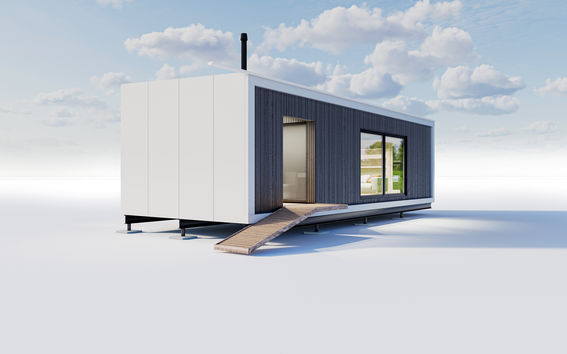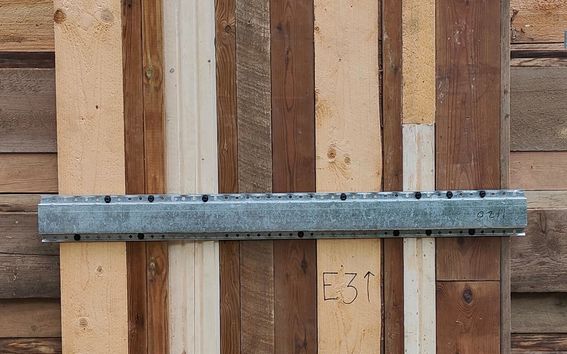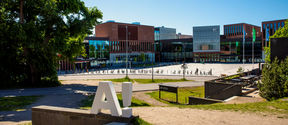Tiny House Shadow: a small size home with big environmental benefits

Architect and Aalto University professor Matti Kuittinen has been leading the Tiny Homes project, which has investigated the emissions of different types of housing and what it would be like to live in the lowest possible emissions.
The project has now reached the pilot phase, with construction of the Tiny House Shadow starting this spring in collaboration with Aulis Lundell Oy. The purpose of the construction of the small detached house is to explore the material efficiency of detached housing and the potential for reducing the carbon footprint.
"We are looking at how we can design and build efficiently, and we will make carbon footprint calculations for every step of the way. If necessary, the experiment can be repeated," says Kuittinen.
He stresses that humanity has a limited carbon budget, and construction must adopt ways to stay within it.
His team has compared whether mini houses are more environmentally friendly than large houses, whether measured in terms of emissions per square metre or per occupant.
"The emissions and material consumption of mini-houses are superior on a per-user basis," Kuittinen points out.
Piloting recycled materials everywhere
At Tiny House Shadow, the focus is on making the most of the circular economy. Kuittinen admits that current building regulations do not necessarily support this type of construction, which uses a lot of recycled material.
The aim is to build the house from more than 50% reused and recycled materials, with the rest of the materials coming from the lowest possible carbon sources.
"For example, we use old windows and doors, recycled steel, wood and car tyres, industrial by-products and plastic composites containing recycled materials," says Kuittinen.
Recycled materials are a key element in Talo Varjo.

With Tiny House Shadow, major industrial circular economy solutions, such as fully carbon-neutral steel profiles made from 100% recycled steel, will be launched and tested for the first time.
The building will also experiment with new ways of recycling plastics.
A new kind of living environment
The project aims to create a new living environment with an emphasis on recycled materials and sustainability. The study shows that the location of a house does not play a major role when it comes to materials and energy.
"The role of utilities and location has not been considered, but we are trying to make the concept work everywhere," Kuittinen explains.
As such, the building can be moved from one place to another, meaning that the home can be taken with you when you move. However, the building is modern and in line with current building practices.
The interiors will be multifunctional and adaptable. The interior of the house is minimalist and functional.
"For example, the kitchen has no cupboards, but open shelves," Kuittinen says. "We want to reduce unnecessary clutter."
When the Shadow house is completed this spring, he plans to move in herself for the duration of the project.
"I've tried capsule hotels when I was abroad," he laughs.
The Tiny Homes project shows that while homes may be small, their environmental benefits can be big if the right solutions are put in place.
For more information:
Professor Matti Kuittinen, [email protected], +358 50 594 7990
- Published:
- Updated:
Read more news

Seed funding available to boost collaboration between Aalto, KU Leuven and University of Helsinki
Aalto University, KU Leuven and the University of Helsinki launch the 2nd exploratory seed funding call to explore research collaboration possibilities. The funding call is open until 10 September 2024.
Professor Peter Hans Matthews works as a Fulbright-Aalto Distinguished Chair scholarship holder at the Department of Economics
Fulbright programmes and scholarships are highly appreciated in the United States
Aalto ARTS Summer School explores the significance of water through the lens of art
The theme of School of Arts, Design and Architecture’s Summer School this year is water, and its significance is explored in a multidisciplinary way through the perspectives of art, film and digital.